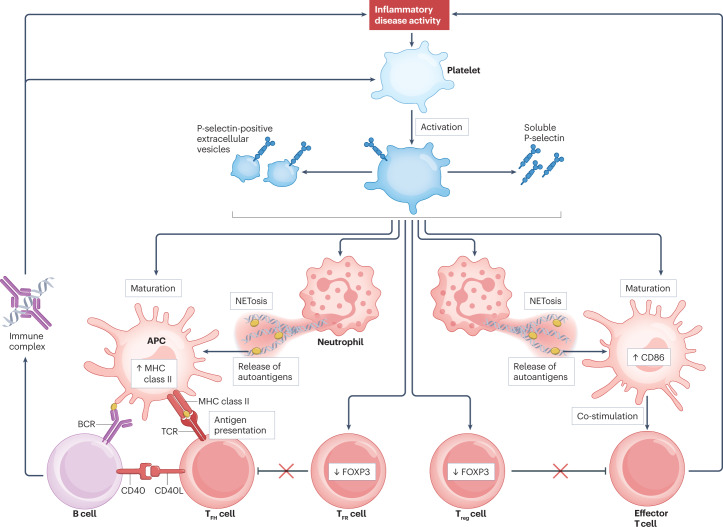Fig. 3. Role of the P-selectin–PSGL1 axis in immune-mediated inflammatory disease.
Inflammatory disease activity promotes platelet activation through increased levels of immune complexes, autoantibodies and damage-associated molecular patterns. Upon activation, platelets express P-selectin on their surface, release soluble P-selectin and produce P-selectin-positive platelet-derived extracellular vesicles. P-selectin subsequently interacts with immune cells through binding to its ligand P-selectin glycoprotein ligand 1 (PSGL1). In regulatory T (Treg) cells and T follicular regulatory (TFR) cells, P-selectin–PSGL1 interaction induces FOXP3 downregulation and cell dysfunction, leading to immune dysregulation, production of autoantibodies and further platelet activation. In neutrophils, P-selectin–PSGL1 interaction promotes the production of neutrophil extracellular traps (NETosis), leading to the release of autoantigens that are processed by antigen-presenting cells (APCs). P-selectin promotes the differentiation of monocytes to pro-inflammatory APCs expressing high levels of MHC class II, CD80 and CD86 to efficiently prime and co-stimulate T cells. BCR, B cell receptor; CD40L, CD40 ligand; TCR, T cell receptor; TFH, T follicular helper.

